Last updated: June 27, 2017
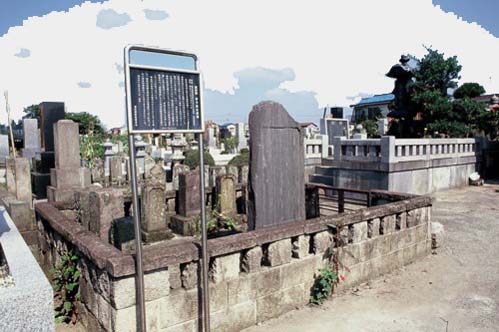
Takako Chogoro's Grave and Monument
The grave of Chogoro Koushi is located in the Oshidate cemetery. In one corner of the grave, there is a stone monument (Shotokuhi) that records Chogoro's career.
Chogoro was a farmer born in Oshidate Village, and was known in his hometown for his filial support for his mother, and was rewarded by the shogunate in 1741 in the middle of the Edo period. . Chogoro was given 20 pieces of silver as a reward for his filial piety, and was later given a vacant plot of land in the vicinity and a fee for cultivating it. It is said that the area was cultivated. This land was located on the west side of the cemetery and was called ``Koshimen.''
Many of these stories about Chogoro Koushi are based on legends, and very few related materials remain. The history of the award and Chogoro's career are recorded in a historical document called ``Niseki Surushita Record'' (Oshidate Kawasaki Kiyoshi family document, 1928), which describes the history of the award and Chogoro's career, so I would like to introduce an outline of it.
Chogoro was born in 1690 to a farmer in Oshidate Village. Chogoro's family was not wealthy by any means, and they lived in a small 7-room by 3-and-a-half-room hotatebashira house. When I was 6 years old, my father passed away, and when I was 14 years old, my older sister and her husband, who lived with me, died of illness. Although he married, he had the misfortune of having his wife die of illness and his second wife also dying of illness. After that, I began a difficult life with my mother, who is over 80 years old, and her three children. Under these circumstances, he continued to be filial to his mother, but what kind of filial piety was that? According to the same historical document, several episodes are introduced, the contents of which are as follows. During his breaks from farming, he would gather firewood and sell it. Since his mother was a natural lover of alcohol, he would always buy sake for her on the way home from selling firewood. On summer nights, he stayed up all night chasing mosquitoes by his mother's bedside to avoid being bitten by mosquitoes, and on winter nights, he laid her down next to the hearth, took off his own clothes, and gave them to his mother.
This kind of behavior spread to neighboring villages, and was reported by the Nanushi of Oshidate Village to the magistrate who ruled Oshidate Shinden. Furthermore, he held the position of Kanto District Goyokari, who was in charge of new fields and flood control policy in various parts of the Kanto region, in the temple and shrine magistrate of the Edo Shogunate. It was decided that the incident would be reported to Chizen no Kamidasuke. It is recorded that Ooka Tasuke summoned Chogoro to the Edo government office, praised his filial piety, and gave him 20 pieces of silver and seven tanbu.
However, the award given to Ooka Echizen was not simply inspired by his actions, but was based on the reward policy of the Kyoho Reform, which was actively carried out during this period. It seems that it was realized as part of the shogunate's control over rural areas.
Chogoro passed away at the age of 71 in 1761, but 48 years later, in 1809, Ota Nanpo, known as a Kyokashi, was born. Otanambo (Shokusanjin) visited this place on his way to see the Tama River as a ruling accountant for the shogunate, and was moved by Chogoro's story and read a song about his deeds. praised.
(Reference material: “Inagi City History” Volume 1, Part 4)
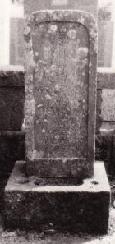
Tombstone of Chogoro

Koko's face on the west side of the Oshidate Cemetery
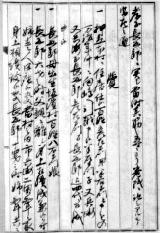
"Takashi Chogoro Ni Seki Suru Preliminary Report"
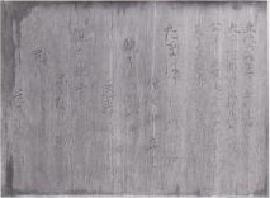
Song of Nanho Daejeon (back side of the monument)
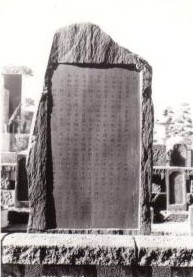
Monument of virtue erected in 1928
Inagi City Education Department Lifelong Learning Division Tel: 042-377-2121